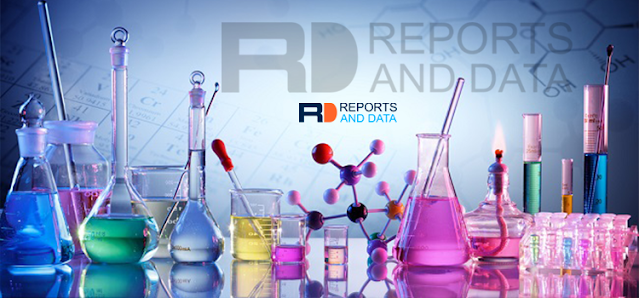Pigments Market Size, Regional Outlook, Competitive Landscape, Revenue Analysis & Forecast Till 2030

The global pigments market size is expected to reach USD 36.36 Billion in 2030 and register a revenue CAGR of 5.2% over the forecast period, according to the latest report by Reports and Data. The growing automobile and construction industry is a major factor expected to drive market revenue growth. In the construction industry, pigments are used to add lasting color to a number of building materials used in architecture and infrastructure projects. Architects and designers use colored cement as a tool to incorporate an element of innovation, differentiation, and exclusivity into their projects. Therefore, a continuous upturn in construction spending is expected to drive the pigments market revenue share globally. According to a report by European Parliament on 17 February 2020, more than 40% of buildings in Europe are built before 1960 and 90% before 1990; consuming more amount of energy compared to the new ones. Hence, renovation activities of these buildings are expected to incr






